- Tata Motors
- Tata Motors Passenger Vehicles
- Tata Passenger Electric Mobility
- Balaje Rajan
- Shailesh Chandra
- Charge Point Operators
- Tata Power
- Charge Zone
- Statiq
- Zeon
Tata Motors’ Open Collaboration 2.0 To Focus On Charging Infra To Drive EV Adoption
- By Nilesh Wadhwa
- February 13, 2025
Tata Motors, one of the leading electric vehicle manufacturers in the country, has announced an ambitious plan to support sthe caling up of electric vehicle charging infrastructure in the country under Open Collaboration 2.0.
The EV maker today announced that together with Charge Point Operators (CPOs) it will support scaling up fast public charging network from 18,000 to 30,000 along with 400,000 charging points nationwide by 2027.
Balaje Rajan, Chief Strategy Officer, Tata Motors Passenger Vehicles and Tata Passenger Electric Mobility, said, “When it comes to the investment in these chargers, what we intend to do is to support the installation of these chargers in a commercial structure. The intent of that investment is to pass on certain benefit to our users directly.”
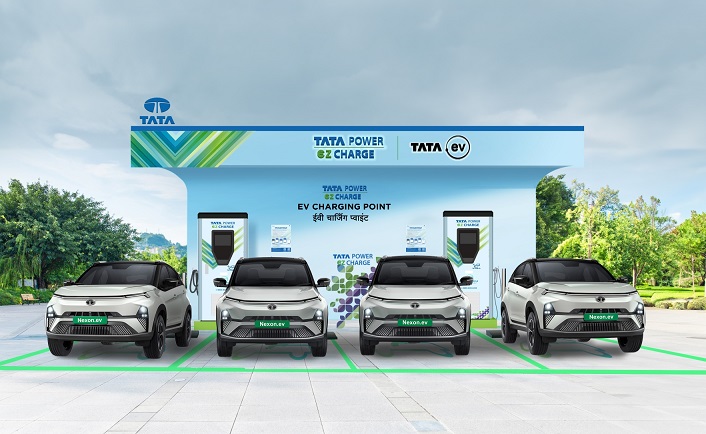
He added that the automaker was looking to partner with as many CPOs who can meet the stringent standards laid out by the company. “Our focus is on ensuring that these mega chargers serve the need of all EV owners in terms of reliability and speed.”
To put into perspective, between 2019 to 2023, the number of registered electric four-wheelers in India was around 75,000, which was supported by 70,000 total charging points and about 5,500 public charging points.
By 2025, the number has grown to around 240,000 electric passenger vehicles, 200,000 charging points and about 18,000 public charging points.
Tata.ev is leveraging its insights of over 5 billion green kilometers driven nationwide by its EV users to understand where charging infrastructure is precisely needed.
In the first phase, the company has tied up with Tata Power, Charge Zone, Statiq and Zeon, through which around 500 new fast chargers will be installed across key locations in the next 12 months. The fast chargers while being accessible by everyone, will see Tata Motors’ EV customers get priority as well as upto 25 percent preferential tariff.
The company also has announced that it will soon introduce Tata.ev verified chargers that will be rated on the basis of – environment & amenities, accessibility, operability and compatibility score with Tata.ev cars. Each charger will be rated on a five-point scale with 4-star and above to get an ‘.ev Verified’ status to stand out as an attractive EV charging location.
Shailesh Chandra, Managing Director, Tata Motors Passenger Vehicles (TMPV) and Tata Passenger Electric Mobility (TPEM), explained that the investments from the OEM is in a sense to provide confidence to CPOs to take a ‘leap of faith’ in expanding the charging infrastructure.
Furthermore, the company also launched a dedicated helpline number for its existing as well as potential new customers to get their queries about EVs and the associated charging infrastructure resolved.
CATL And Stellantis Begin Work On EUR 4.1 Billion Spanish Battery Plant
- By MT Bureau
- November 28, 2025
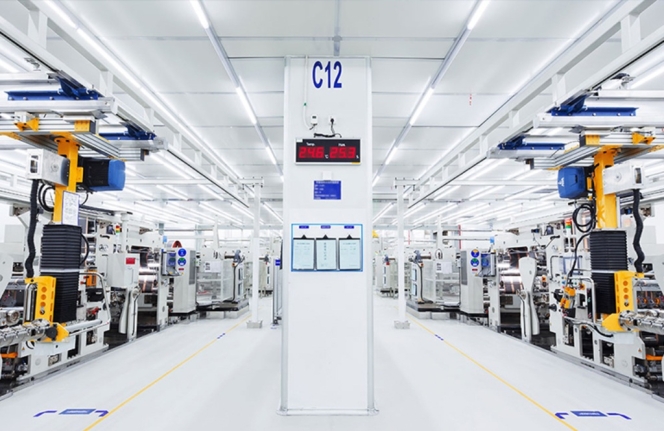
CATL and Stellantis broke ground on a EUR 4.1 billion battery plant in Figueruelas, Spain, on 26 November. The 50:50 joint venture will produce lithium-iron-phosphate battery cells and targets an annual production capacity of 50 GW/h.
The project, which is Spain’s largest battery factory, is backed by over EUR 300 million in EU funds, with production expected to start in late 2026.
According to unions, around 2,000 Chinese workers will help construct the site, a point of contention with local authorities and residents. Also, 3,000 Spanish staff are to be hired and trained later.
Spanish authorities and residents have voiced concerns about job opportunities for local workers and potential strain from the influx of foreign employees. CATL Vice President Meng Xiangfeng said earlier in November the company needed experienced technicians to build and fine-tune production lines, with plans to train local workers to take over operations gradually.
David Romeral, Director General of CAAR Aragon, a network of automotive businesses in the region, said: “We don’t know this technology, these components – we’ve never made them before. They’re years ahead of us. All we can do is watch and learn.”
The regional government is organising work permits for arriving workers while seeking to attract battery supply chain companies to Aragon. Some Chinese technicians and managers have already arrived, with several hundred more expected by year-end and nearly 2,000 by the end of next year.
CATL’s approach contrasts with its Hungarian site in Debrecen, where it hired mostly locals to build its European plant. However, a lack of local workers caused production to be delayed from late 2025 into mid-2026. The Figueruelas facility will serve as CATL’s third European manufacturing operation, alongside the Hungarian plant and one in Germany.
- Neuron Energy
- Equanimity Ventures
- Rajiv Dadlani Group
- Thackersay Family Office
- Chona Family Office
- Pratik Kamdar
- Rajesh Sehgal
- Rajiv Dadlani
Neuron Energy Secures INR 310 Million To Expand EV Battery Manufacturing For Four-Wheelers & Buses
- By MT Bureau
- November 27, 2025
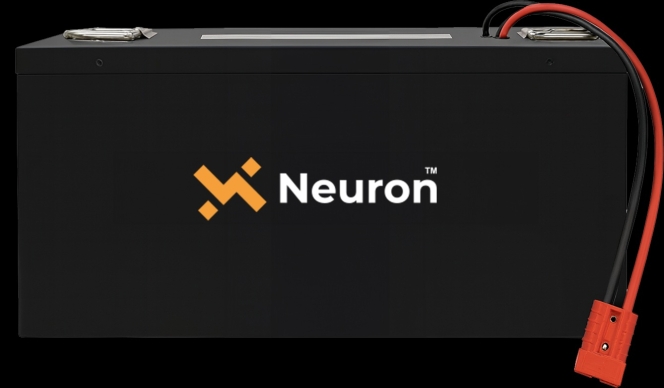
Neuron Energy, an EV battery manufacturer, has raised INR 310 million in a Pre-Series B funding round led by Equanimity Ventures, Rajiv Dadlani Group, Thackersay Family Office and Chona Family Office, with participation from Family Offices and HNI investors. With this, Neuron Energy has raised INR 810 million to date.
The funding will be used to expand Neuron Energy’s manufacturing capacity to 3 GWh and to establish a fully automated, large-scale battery facility for electric four-wheelers and buses at Chakan, Pune. The capital will also strengthen the company’s R&D capabilities, accelerate domestic growth, and broaden its footprint in international markets.
Pratik Kamdar, CEO and Co-Founder, Neuron Energy, said, “This Pre-Series B round is a defining step in our mission to industrialise world-class battery manufacturing in India. As EV adoption accelerates, we are focused on building capacity, embedding automation, and pushing the boundaries of performance and reliability. This investment ensures we can deliver at scale, both in India and globally.”
The company said it operates with a low-CapEx and low-OpEx business model. It has been growing profitably year-on-year and is on track to achieve INR 2 billion in revenue this year. The company is also confident of achieving sales of over INR 9 billion, with profitability, over the next few years.
Rajesh Sehgal of Equanimity Ventures, added, "We see immense potential in Neuron Energy’s approach to EV battery innovation and scalability. Their focus on quality, automation, and energy efficiency aligns with the evolving demands of the EV industry in India and beyond. We are proud to support their next phase of growth as they scale into new vehicle categories and manufacturing capacities."
The new facility reinforces the company’s position in two-wheeler EV batteries and signals a strategic entry into heavier vehicle segments. This supports Neuron’s vision to become a comprehensive EV battery solutions provider.
Rajiv Dadlani, from the Family Office of the Rajiv Dadlani Group, said, "Neuron Energy demonstrates remarkable potential to become the market leader, with their renewed focus, in delivering top-quality products. The company and its founders are highly committed to delivering rigorously tested and safe-to-use Li-Ion smart batteries. We are confident that they will continue to thrive and set new standards in the industry."
Mahindra Intros XEV 9S Electric 7-Seater SUV At INR 1.99 Million, Deliveries From 23 January
- By MT Bureau
- November 27, 2025
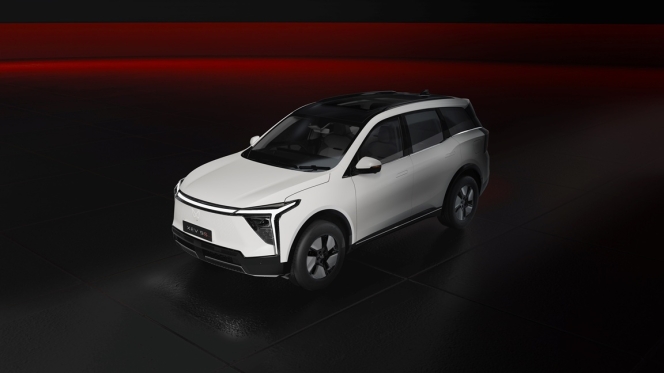
Mahindra has launched the XEV 9S, an electric 7-seater SUV built on the INGLO platform, with prices starting at INR 1.99 million (ex-showroom). The XEV 9S is powered by MAIA, described as India’s fastest automotive mind.
The EV comes with a 70 kWh battery, delivering a power of 180 kW and 380 Nm of torque. It offers a claimed real-world range of 500 km from its LFP battery, which comes with a Lifetime Warranty. The SUV is stated to be the fastest 7-seater in its class, reaching zero to 100 kmph in 7.0 seconds, with a 202 kmph top speed.
The fully-loaded Pack Three Above 79 kWh variant is priced at INR 2.94 million ex-showroom with bookings open on 14 January 2026 and deliveries starting on 23 January 2026.
R Velusamy, President - Automotive Business, Mahindra & Mahindra and Managing Director, Mahindra Electric Automobile, said, “We have always believed that technology is meaningful only when it expands human possibility. The XEV 9S built on the INGLO electric origin platform does exactly that by creatin space – more than anyone else and gives a smooth and noise free ride. THE MAIA brain enables many of its high-tech features, making it the most advanced offering for its price.”
Nalinikanth Gollagunta, Chief Executive Officer - Automotive Division, Mahindra & Mahindra and Executive Director, Mahindra Electric Automobile, said, “The future of Indian mobility will belong to brands that don’t just electrify vehicles, but reimagine categories. With the XEV 9S, we’re not just playing in the EV segment, we’re expanding it. This SUV signals the start of a BIG new electric era for Mahindra - one built on scale, on purpose, and on a deep understanding of how India moves. The attractive prices starting at ₹ 19.95 Lakh make a very high-tech product accessible, with bookings opening on Jan 14 and deliveries start on Jan 23.”
The XEV 9S is an expression of Mahindra’s Heartcore Design philosophy, featuring a stance, lines, a gloss finish and interiors. The vehicle is designed to be silent on wheels.
Key highlights include:
- Space: Offers 4,076-litre of cabin space (for front and second row), boot space up to 527-litre and 150-litre of Frunk space. The third-row features 50:50 split seats.
- Suspension: Features Intelligent Adaptive dampers with i-Link at the front and 5-Link independent suspension at the rear.
- Driver Aids: Includes L2+ ADAS with five Radars and one Vision Camera, Driver Drowsiness Detection with DOMS (Eyedentity) and Secure360 Pro for live view and recording.
- Interior Comfort: Features Powered Boss Mode, ventilated second row seats, recline and sliding adjustment, sunshade for second row windows, Acoustic ‘Laminated’ Glass and wireless phone charging.
- Technology: Equipped with Brake by Wire with IEB, High Power Steering with VGR, VisionX – AR HUD, AutoPark Assist, and 140 features including Digital Key, NFC and Charge Scheduler.
- Entertainment: Includes a 16-Speaker Harman Kardon Audio system with Dolby Atmos, three 31.24 cm screens, 5G Connectivity and Fun & Work Apps.
- Efficiency: Running costs are INR 1.2 per km, with maintenance costs of INR 40 paise per kilometre and negligible road tax. Business owners benefit from 40 percent depreciation.
Pratap Bose, Chief Design & Creative Officer - Auto & Farm Sectors, Mahindra & Mahindra, said, “Designing the XEV 9S wasn’t about adding lines to a surface, it was about shaping a feeling. We wanted it to feel like stepping into a personal sanctuary, yet one that carries the pulse of modern India. Electric gave us the canvas; INGLO gave us the freedom to sculpt light, space and comfort. The result is an SUV that wears its size with grace and its technology with humility. It’s expressive, it’s calm, and it’s unmistakably Mahindra - built for a nation whose aspirations are only getting bigger.”
- Mahindra
- Formula E
- Mahindra BE 6 Formula Edition
- Kush Maini
- FIA Formula 2
- R Veluswamy
- Nalinikanth Gollagunta
- London E-Prix
Mahindra Launches BE 6 Formula E Limited Edition SUV In India
- By MT Bureau
- November 26, 2025
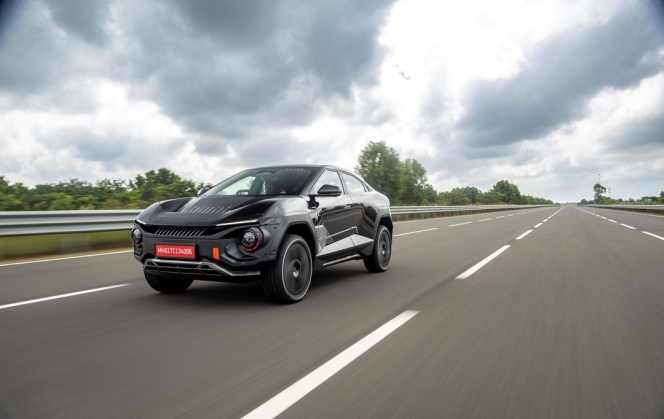
Mahindra has launched the BE 6 Formula E Edition, an electric SUV designed to reflect the country's growing interest in motorsport. The company, which is the only Indian team to win on the global Formula E grid, states the edition channels its racing legacy into a road vehicle.
The BE 6 Formula E Edition aims to bring the experience of the ABB FIA Formula E World Championship to city streets. It can accelerate from zero to 100 kmph in 6.7 seconds, top speed of 202 kmph, 282 bhp (210 kW) power from a 78 kWh battery. It comes with a claimed real-world range of 500km.
The SUV features design elements inspired by the racetrack. On the outside, it gets a new front bumper with circular projector headlamps, gloss black bezel finish and orange accents. It can be had in four colour options: Everest White, Firestorm Orange, Tango Red and Stealth Black. It has R20 alloy wheels, Firestorm Orange-coloured brake callipers and a rear boot lip and roof spoilers. Formula E branding and decals are placed on the body and glass roof.
On the inside, it features Firestorm Orange-themed interiors, including accents on the steering wheel, in-touch controller, electronic parking brake and start/stop button. It includes a Formula E logo on the passenger dashboard panel and seats, FIA branding on seat belts and custom Formula E-inspired startup animation and engine sounds.
R Velusamy, President - Automotive Business, Mahindra & Mahindra and Managing Director, Mahindra Electric Automobile, said, “Our customers conveyed a compelling message, the BE 6 doesn’t just look futuristic, but it also evokes the sensation of being in a racing cockpit once they step inside. They love that it screams electric, unapologetically. We built the Formula E Edition by listening to that energy. Racing is no longer a niche in India; it’s becoming a lifestyle statement. With this edition, we’ve channelled that cultural shift into a machine that celebrates electric performance the Mahindra way - bold, emotional, and proudly made in India.”
Nalinikanth Gollagunta, CEO - Automotive Division, Mahindra & Mahindra and Executive Director, Mahindra Electric Automobile, said, “Motorsport is India’s new young passion. And no Indian brand has lived this journey more authentically than Mahindra. With the BE 6 Formula E Edition, we are bringing this racing spirit to the street. It’s bold, electric, defiant - and unmistakably Indian.”
Pratap Bose, Chief Design & Creative Officer - Auto & Farm Sectors, Mahindra & Mahindra said, “Every accent, every surface, every shadow on this BE 6 Formula E Edition was designed with motorsport intensity. This SUV doesn’t whisper racing - it shouts it. This edition is a celebration of India’s rising motorsport culture and Mahindra’s racing lineage.”
Mahindra has also announced Kush Maini, a Bengaluru-born racer and FIA Formula 2 race winner, as the face of Mahindra Electric Origin SUVs.
Kush Maini, said: “India is falling in love with motorsport, and it’s amazing to see the rise of Formula E fandom. The BE 6 Formula E Edition brings that thrill, that energy, that boldness to Indian roads. It’s the perfect bridge from race to road.”
What’s more, Mahindra also unveiled the BE 6 Formula E Edition Ride-On, a toddler car priced at INR 18,000, available from April 2026.
The first 999 customers of the BE 6 Formula E Edition are guaranteed gifts, including a track-day experience with Kush Maini, a Collector’s Box with Mahindra Racing memorabilia and having their first name appear on the Mahindra Racing Car at the London E-Prix. Three lucky winners will receive tickets and paddock access to the London E-Prix in August 2026, including a meet and greet.


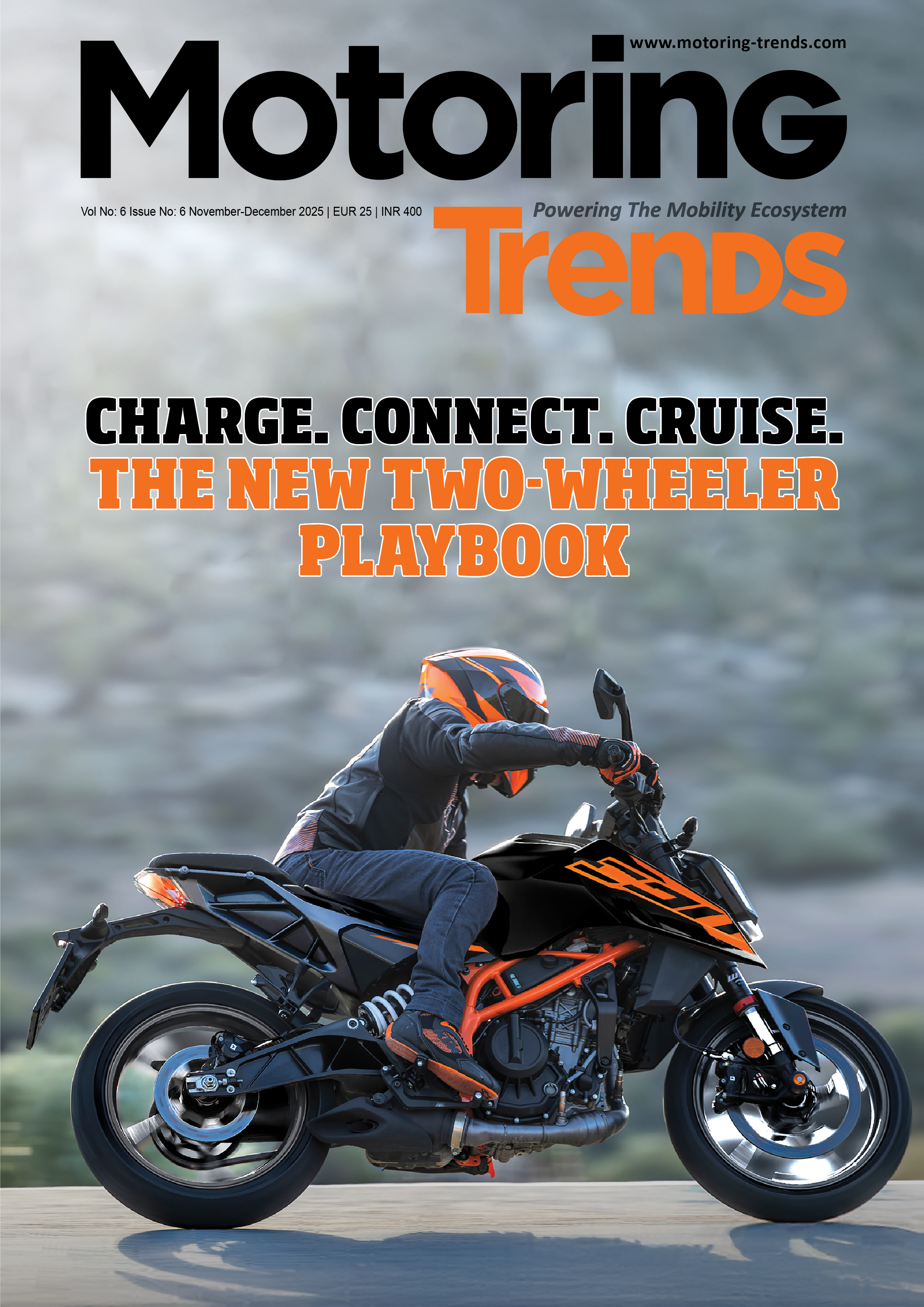

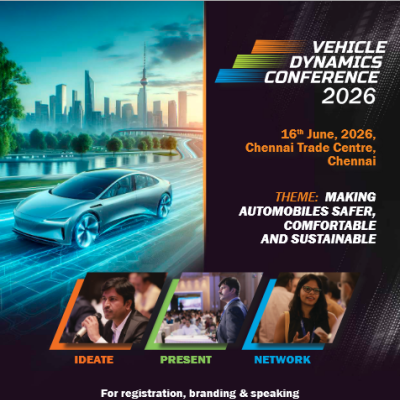
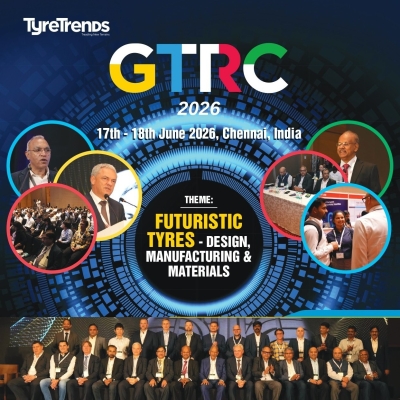
Comments (0)
ADD COMMENT